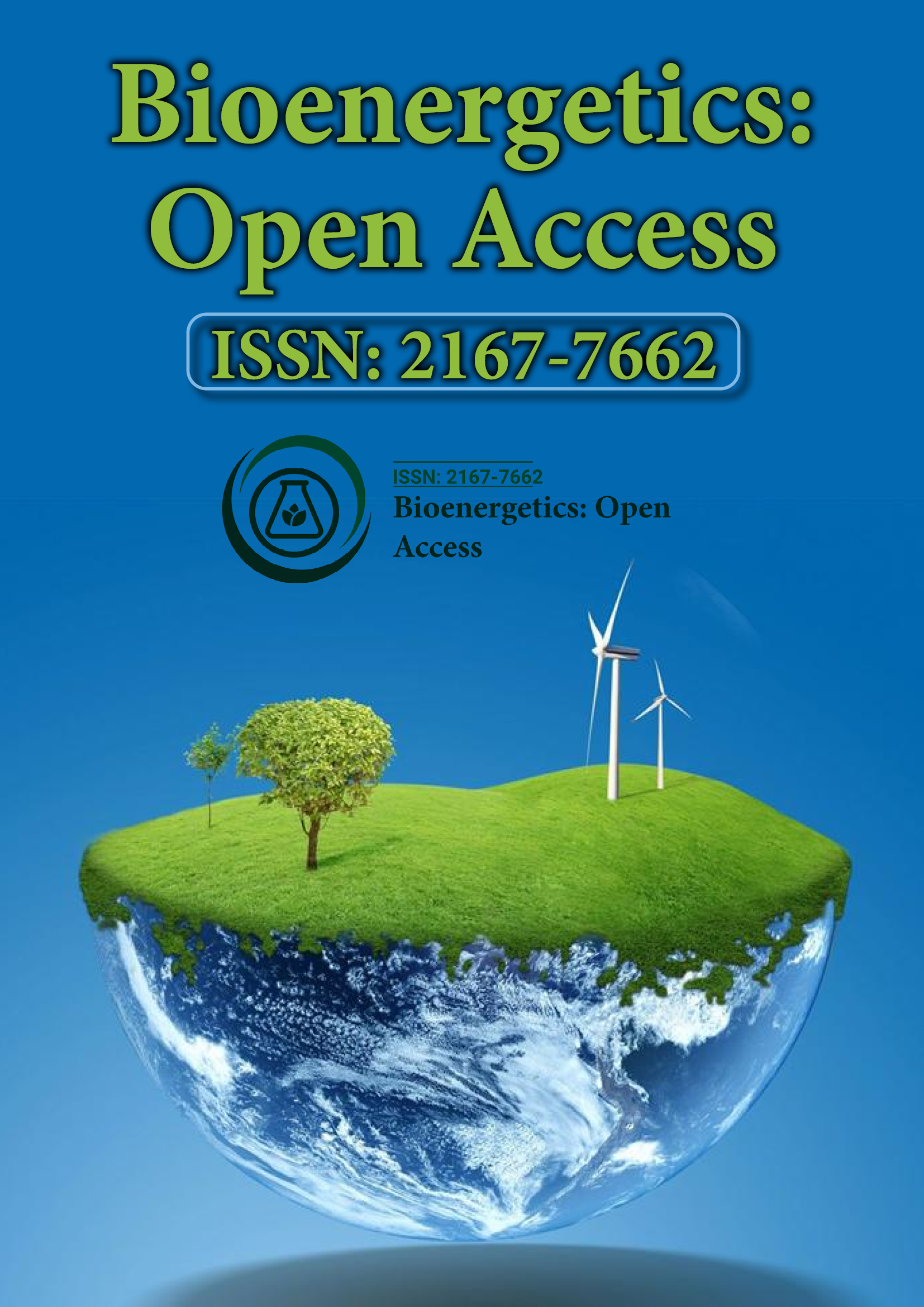Indexed In
- Open J Gate
- Genamics JournalSeek
- Academic Keys
- ResearchBible
- RefSeek
- Directory of Research Journal Indexing (DRJI)
- Hamdard University
- EBSCO A-Z
- OCLC- WorldCat
- Scholarsteer
- Publons
- Euro Pub
- Google Scholar
Useful Links
Share This Page
Journal Flyer

Open Access Journals
- Agri and Aquaculture
- Biochemistry
- Bioinformatics & Systems Biology
- Business & Management
- Chemistry
- Clinical Sciences
- Engineering
- Food & Nutrition
- General Science
- Genetics & Molecular Biology
- Immunology & Microbiology
- Medical Sciences
- Neuroscience & Psychology
- Nursing & Health Care
- Pharmaceutical Sciences
Commentary - (2025) Volume 13, Issue 1
Facultative Anaerobes as Metabolic Mediators in Transitional Redox Zones
Helena Fujimoto*Received: 19-Feb-2025, Manuscript No. BEG-25-28870; Editor assigned: 21-Feb-2025, Pre QC No. BEG-25-28870 (PQ); Reviewed: 07-Mar-2025, QC No. BEG-25-28870; Revised: 14-Mar-2025, Manuscript No. BEG-25-28870 (R); Published: 21-Mar-2025, DOI: 10.35248/2167-7662.25.13.287
Description
The discovery that facultative anaerobic bacteria can facilitate syntrophic fatty acid degradation under micro-aerobic conditions presents a significant change in our understanding of microbial metabolism in mixed environments. Traditionally, syntrophic interactions involving fatty acid degradation have been considered an indication of strictly anaerobic consortia. These interactions are often mediated by obligate anaerobes that degrade long-chain and volatile fatty acids into substrates such as hydrogen or acetate, which methanogens or sulfate reducers then utilize. The presence of oxygen, even in trace amounts, was thought to disrupt these delicately balanced syntrophic networks.
However, recent evidence challenges this paradigm by demonstrating that facultative anaerobes can play an essential role in bridging aerobic and anaerobic microbial metabolisms under micro-aerobic conditions.
Facultative anaerobic bacteria possess remarkable metabolic flexibility. They are capable of switching between aerobic respiration and anaerobic metabolic pathways depending on the availability of oxygen. This ability enables them to survive and even thrive in fluctuating redox conditions, such as those found in wastewater treatment bioreactors, rice paddy soils, or subsurface sediments. The implication of their involvement in syntrophic fatty acid degradation under low-oxygen conditions suggests that the ecological niches of syntrophic consortia are broader and more dynamic than previously appreciated.
Micro-aerobic environments are particularly interesting because they exist at the interface of oxic and anoxic zones, where oxygen gradients fluctuate due to biological activity, diffusion, or environmental changes. In such niches, facultative anaerobes could act as metabolic mediators, consuming residual oxygen and creating localized anaerobic conditions that favor the growth and activity of strict anaerobes. Simultaneously, they may directly participate in the breakdown of fatty acids through a cooperative interaction with hydrogen- or formate-utilizing partners. This scenario expands the spatial and operational flexibility of syntrophic associations and provides insights into the stability and resilience of microbial ecosystems in natural and engineered settings.
Recent experimental studies have demonstrated that certain facultative anaerobes, such as species from the genera Shewanella, Enterobacter and Citrobacter, can initiate partial fatty acid oxidation under micro-aerobic conditions. These bacteria appear to suppress complete aerobic oxidation pathways and instead produce intermediate compounds like acetate and hydrogen, which are syntrophically utilized by hydrogenotrophic partners. Notably, this process is thermodynamically unfavorable unless the hydrogen partial pressure is kept low—usually by a syntrophic partner such as a methanogen or a sulfate reducer. This interspecies hydrogen transfer is the sign of classic syntrophy and is now being observed under oxygen-limited, but not strictly anaerobic, conditions.
This finding has multiple implications. In biotechnological applications such as anaerobic digestion and enhanced bioremediation, micro-aeration is sometimes unintentionally introduced or deliberately applied to stimulate microbial activity. Understanding that syntrophic interactions can persist under such conditions, mediated by facultative anaerobes, could lead to improved management of these systems. For instance, introducing controlled micro-aeration could stimulate the growth of facultative syntrophs, enhance intermediate degradation and potentially increase methane yields or pollutant removal efficiency without collapsing the anaerobic community.
Furthermore, the involvement of facultative anaerobes in syntrophy may explain the stability and persistence of syntrophic processes in natural environments where oxygen intrusions are intermittent. This adaptive microbial strategy may serve as a buffer against environmental perturbations, preserving essential metabolic functions like fatty acid degradation even when conditions deviate from strict anaerobiosis. It also suggests that the boundaries between aerobic and anaerobic microbial processes are more porous and functionally integrated than previously assumed.
From a broader microbial ecology standpoint, this highlights the importance of physiological plasticity and metabolic cooperation in shaping community structure and function. Facultative anaerobes act not only as survivalists in challenging environments but also as key players in maintaining ecosystem functionality through complex interspecies interactions. This realization calls for a re-evaluation of traditional metabolic models and microbial interaction networks, especially in transitional redox zones.
In conclusion, the role of facultative anaerobic bacteria in enabling syntrophic fatty acid degradation under micro-aerobic conditions underscores the adaptability and versatility of microbial communities. This finding provides a more nuanced understanding of syntrophic partnerships and offers practical implications for environmental microbiology and bioprocess optimization. As research continues to resolve the molecular mechanisms and ecological drivers behind these interactions, we may find new ways to control them for environmental and industrial benefit, ultimately advancing both fundamental science and applied microbiology.
Citation: Fujimoto H (2025). Facultative Anaerobes as Metabolic Mediators in Transitional Redox Zones. J Bio Energetics. 13:287.
Copyright: © 2025 Fujimoto H. This is an open access article distributed under the terms of the Creative Commons Attribution License, which permits unrestricted use, distribution, and reproduction in any medium, provided the original author and source are credited.
